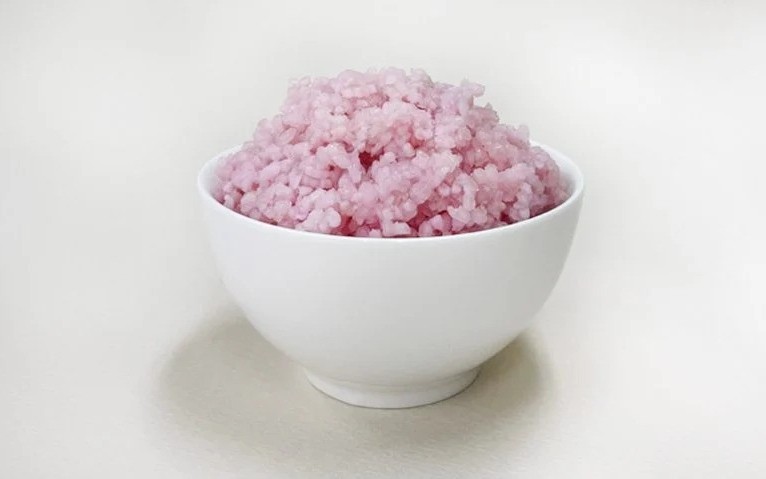
In a claimed world first, scientists in South Korea have successfully added adding lab grown real beef muscle and fat cells inside rice grains, adding to its already nutritious value.
Lab grown meat processes have been advancing in leaps and bounds over the past decade now, but growing cells in the form of steaks or muscle fibres is still something many brands are striving to perfect. In this case, the scientists, from Yonsei University, overcame the difficulties by using rice reinforced with fish gelatine and enzymes to grow the fat and muscle cells separately.
As a result the hybrid rice grains end up with a marbled effect of meat and fat, producing a pink rice. Despite the slightly strange look, the rice is said to have a 'pleasant and novel flavour'. Initial testing apparently showed the rice to have 8% more protein and 7% more rice than regular rice.
'Imagine obtaining all the nutrients we need from cell-cultured protein rice,' explained first author Sohyeon Park, from Yonsei University. 'Rice already has a high nutrient level, but adding cells from livestock can further boost it.'
Production of the rice also massively reduced the amount of carbon dioxide produced, making it a much more sustainable process. In general, the kgCO2 produced from 100 g of protein from beef and rice is estimated to be 49.89 kg and 6.27 kg, respectively, making the amount of CO2 from beef approximately eight times higher than that from rice.
The full research has been produced here. Image Credit: Yonsei University